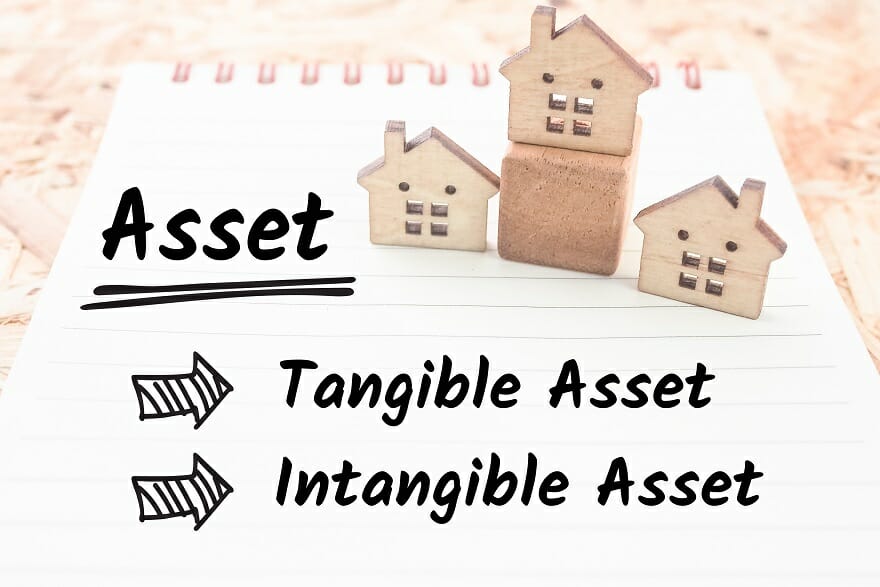Tangible Assets
Assets with physical form and value
What are Tangible Assets?
Tangible assets are assets with a physical form and that hold value. Examples include property, plant, and equipment. Tangible assets are seen and felt and can be destroyed by fire, natural disaster, or an accident. On the other hand, intangible assets lack a physical form and consist of things such as intellectual property, trademarks, patents, etc.

Asset Types
- Fixed assets or hard assets are those held by a business for a long time and cannot be easily converted into cash. Fixed tangible assets are depreciated over a period of time.
- Current assets or liquid assets are those assets that can easily be converted into cash and are in the business for a short period of time, generally less than or equal to one year. The liquidity of current assets is significantly greater than that of fixed assets.

Characteristics of Tangible Assets
- They come in physical form, which means they can be seen, felt, or touched.
- They are depreciated over a period of time.
- They possess a scrap or residual value.
- They can be used as collateral to obtain loans.
- They are used in the daily operations of the business.
Business Importance of Tangible Assets
- Depreciation – Depreciation on tangible assets is a non-cash expenditure. It means that it is an expenditure that helps the company receive a tax benefit, but there is no cash outflow from the business.
- Liquidity – As tangible current assets can easily be converted into cash, they provide liquidity to the business and, thus, reduce risk. As long as the value of the assets owned by a business is more than the money risked in acquiring them, a business typically remains safe and solvent.
- Collateral Security – The assets can be used as collateral security to obtain loans.
In addition to the points outlined above, tangible assets play an important role in a company’s capital structure. The assets are positively related to leverage – companies with more tangible assets generally utilize debt financing more heavily. Such assets are easier to collateralize and do not lose a lot of value when companies face financial distress. Therefore, it is observed that companies with fewer tangible assets tend to borrow less from creditors, and companies with more assets tend to borrow more from creditors.
Valuing Tangible Assets
1. Appraisal Method
Under the appraisal method, an appraiser is hired to determine the true fair market value of a company’s assets. The asset appraiser will assess the current condition of the assets, including the degree of obsolescence and level of wear and tear. Then, the appraiser will compare these values to the values such assets can fetch in the open market.
2. Liquidation Method
The assets can be converted into cash. Thus, it is important for a company to know the minimum value it would receive from a quick sale or liquidation. An assessor is hired and determines the value that an auction house, equipment seller, or other bulk asset buyers would be willing to pay for such categories of assets as those owned by the company.
3. Replacement Cost Method
An insurer generally uses the replacement cost method to calculate the value of the asset for insurance purposes. It helps to determine how much it would cost to replace the asset.
Net Tangible Assets
Net tangible assets are defined as the difference between a company’s fair market value of tangible assets and the fair market value of all liabilities, where liabilities represent the outside liability of the company. In other words, it is the total assets at fair value, less intangible assets, less total or outside liability at fair value.
Importance of Net Tangible Assets
- Determining this value helps to find out if the market share price of a company is overvalued or undervalued. This can be done by comparing the value of net tangible assets per share to that of the current share price of the company.
- A company whose net asset value is high has low risk in terms of liquidity.
- A high net tangible assets value can serve as a cushion against the uncertainty that can occur in the market and help support a company’s stock price.
Related Readings
CFI offers the Financial Modeling & Valuation Analyst (FMVA®) certification program for those looking to take their careers to the next level. To keep learning and developing your knowledge base, please explore the additional relevant resources below: